Your Graph coloring and vertex cover images are available. Graph coloring and vertex cover are a topic that is being searched for and liked by netizens today. You can Download the Graph coloring and vertex cover files here. Download all free vectors.
If you’re searching for graph coloring and vertex cover pictures information linked to the graph coloring and vertex cover keyword, you have pay a visit to the right blog. Our site frequently provides you with hints for seeing the highest quality video and image content, please kindly search and locate more enlightening video articles and graphics that fit your interests.
Graph Coloring And Vertex Cover. A vertex cover might be a good approach to a problem. De nition 1 Matching vertex cover. Simply put no two vertices of an edge should be of the same color. A vertex cover of a graph G G G is a set of vertices V c V_c V c such that every edge in G G G has at least one of vertex in V c V_c V c as an endpoint.
 Adjacent Vertex Distinguishing Total Coloring Wikiwand From wikiwand.com
Adjacent Vertex Distinguishing Total Coloring Wikiwand From wikiwand.com
De nition 1 Matching vertex cover. To color this vertex we need to pick the smallest numbered color that is not used by the adjacent vertices. This demonstrates the bound provided by the SDP is not strong enough to color a 3-colorable graph with n o1 colorsKleinberg and Goemans considered an SDP relaxation for vertex cover whose value is n - ϑ 12 ϑ 12 being the variant of the ϑ-function introduced by Schrijver. Colori should represent the color. Vertex coloring is an assignment of colors to the vertices of a graph G such that no two adjacent vertices have the same color. In this paper we consider the vertex cover problem in graphs with bounded local chromatic number a generalization of the bounded degree.
We investigate the weighted vertex cover problem in graphs when a lo-cally bounded coloring is given.
Text The graph is Eulerian text The graph has a vertex-cover of size at most frac3n4 text The graph has an independent set of size at least fracn3 tag GATE CS 2008 Clearly options 1 and 2 are wrong. Colori should represent the color. A covering graph is a subgraph which contains either all the vertices or all the edges corresponding to some other graph. A subset W V is a vertex cover if We6 for all e2E. Furthermore when coloring a graph all vertices in an independent set may be assigned the same color. So a maximal independent set corresponds to a minimal vertex cover.
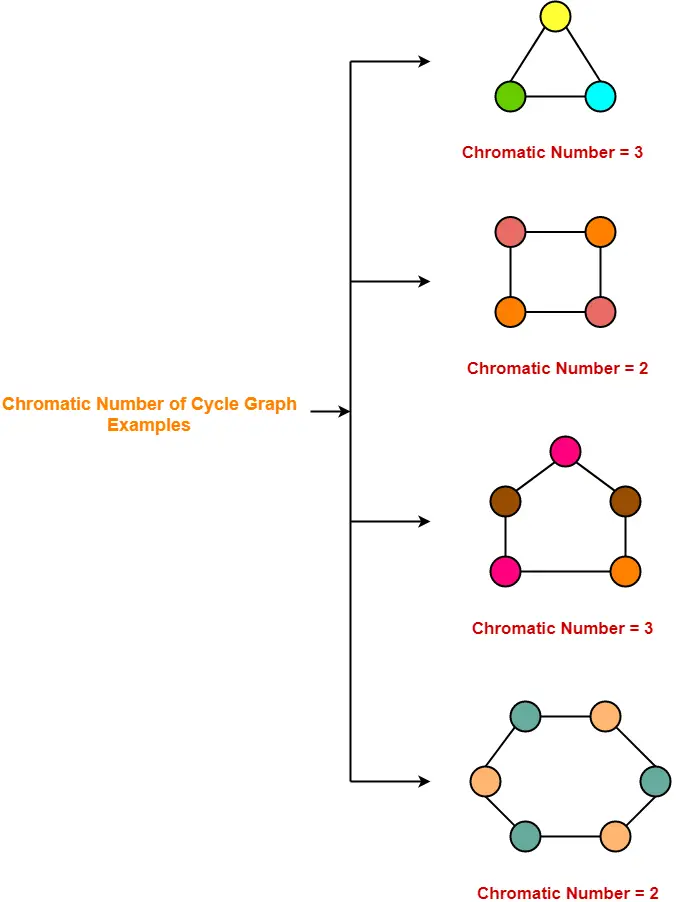 Source: gatevidyalay.com
Source: gatevidyalay.com
This is supposed to be true. A subset W V is a vertex cover if We6 for all e2E. This generalizes the vertex cover problem in bounded degree graphs to a class of graphs with arbitrarily large chromatic number. IntroductionVertex Cover Problems Clique Problems Coloring Problems Graph Benchmarks Solvers for vertex coloring The graph coloring problem GCP also known as vertex coloring problem requires to find an assignment of colors to vertices of a graph such that no two adjacent vertices share the same color while minimizing the number. Vertex coloring is an assignment of colors to the vertices of a graph G such that no two adjacent vertices have the same color.
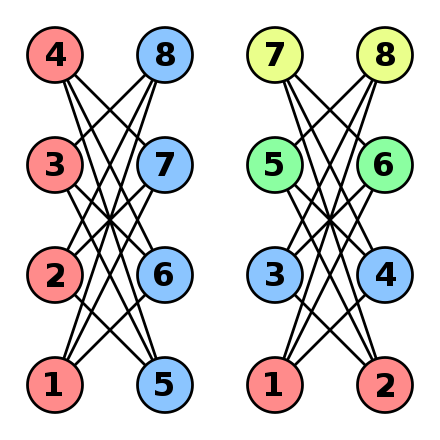 Source: wikiwand.com
Source: wikiwand.com
When we color a vertex at most d colors could have already been used by its adjacent. Let G V E be a graph. Vf12kgthat assigns one of k colors to each vertex so that every edge has two different colors at its endpoints. Adjacent vertices from two color classes induce a complete bipartite graph biclique coloring. Thus the vertices or regions having same colors form independent sets.
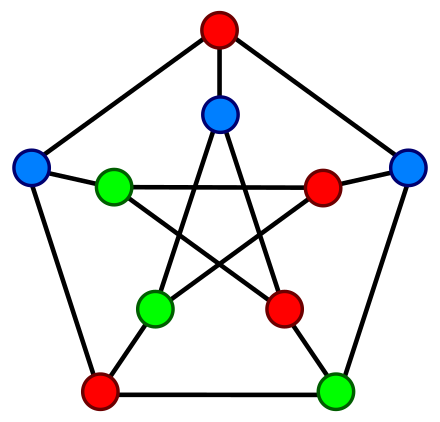 Source: wikiwand.com
Source: wikiwand.com
Smallest vertex cover S 3010 Graph Coloring from 3SAT A k-coloring of a graph is a map C. When we color a vertex at most d colors could have already been used by its adjacent. We consider two 0 1-linear programming formulations of the graph vertex- coloring problem in which variables are associated with stable sets of the input graph. Here d is the maximum degree in the given graph. Consider the graph C 5.
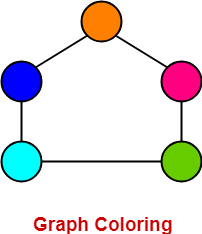 Source: gatevidyalay.com
Source: gatevidyalay.com
The first one is a set covering formulation where the set of vertices has to be covered by a minimum number of stable sets. An integer m is the maximum number of colors that can be used. Vertex cover is a topic in graph theory that has applications in matching problems and optimization problems. A An example of a bipartite graph b An example of a matching dotted lines c An example of a vertex cover grey nodes. De nition 1 Matching vertex cover.
 Source: math.stackexchange.com
Source: math.stackexchange.com
Vertex cover is a topic in graph theory that has applications in matching problems and optimization problems. To color this vertex we need to pick the smallest numbered color that is not used by the adjacent vertices. IntroductionVertex Cover Problems Clique Problems Coloring Problems Graph Benchmarks Solvers for vertex coloring The graph coloring problem GCP also known as vertex coloring problem requires to find an assignment of colors to vertices of a graph such that no two adjacent vertices share the same color while minimizing the number. So a maximal independent set corresponds to a minimal vertex cover. A vertex cover might be a good approach to a problem.
 Source: researchgate.net
Source: researchgate.net
Color classes induce a complete bipartite graph biclique coloring. A subset W V is a vertex cover if We6 for all e2E. The famous Brooksʼ theorem states that for a graph in which every vertex has at most d neighbors the vertices may be colored with only d colors except for two cases complete graphs and cycle graphs of odd length which require d 1 colors. A vertex cover is a subset of the nodes that together touch all the edges. A vertex cover might be a good approach to a problem.
 Source: researchgate.net
Source: researchgate.net
While graph coloring the constraints that are set on the graph are colors order of coloring the way of assigning color etc. This is supposed to be true. A subgraph which contains all the edges is called a vertex covering. When we color a vertex at most d colors could have already been used by its adjacent. Vertex coloring is an assignment of colors to the vertices of a graph G such that no two adjacent vertices have the same color.
 Source: slidetodoc.com
Source: slidetodoc.com
A vertex cover is a subset of the nodes that together touch all the edges. Let G be a graph that has a vertex cover of size l. An array colorV that should have numbers from 1 to m. A 2D array graphVV where V is the number of vertices in graph and graphVV is an adjacency matrix representation of the graph. This generalizes the vertex cover prob-lem in bounded degree graphs to a class of graphs with arbitrarily large chromatic number.
 Source: geeksforgeeks.org
Source: geeksforgeeks.org
A subgraph which contains all the edges is called a vertex covering. A vertex cover is a subset of the nodes that together touch all the edges. Thus the vertices or regions having same colors form independent sets. Let G V E be a graph. A vertex cover of a graph G G G is a set of vertices V c V_c V c such that every edge in G G G has at least one of vertex in V c V_c V c as an endpoint.
 Source: geeksforgeeks.org
Source: geeksforgeeks.org
A vertex cover might be a good approach to a problem. A matching is a disjoint subset of edges ie a subset of edges that do not share a common vertex. They asked whether this is within a ratio of 2 - ε of the optimal vertex cover for any ε 0. This generalizes the vertex cover prob-lem in bounded degree graphs to a class of graphs with arbitrarily large chromatic number. A vertex cover of a graph G G G is a set of vertices V c V_c V c such that every edge in G G G has at least one of vertex in V c V_c V c as an endpoint.
 Source: wikiwand.com
Source: wikiwand.com
This is supposed to be true. A subset W V is a vertex cover if We6 for all e2E. Since d is maximum degree a vertex cannot be attached to more than d vertices. Colori should represent the color. Furthermore when coloring a graph all vertices in an independent set may be assigned the same color.
 Source: researchgate.net
Source: researchgate.net
Text The graph is Eulerian text The graph has a vertex-cover of size at most frac3n4 text The graph has an independent set of size at least fracn3 tag GATE CS 2008 Clearly options 1 and 2 are wrong. De nition 1 Matching vertex cover. To show that this problem is NP-hard. This is supposed to be true. A covering graph is a subgraph which contains either all the vertices or all the edges corresponding to some other graph.
 Source: researchgate.net
Source: researchgate.net
This generalizes the vertex cover problem in bounded degree graphs to a class of graphs with arbitrarily large chromatic number. While graph coloring the constraints that are set on the graph are colors order of coloring the way of assigning color etc. A 2D array graphVV where V is the number of vertices in graph and graphVV is an adjacency matrix representation of the graph. Furthermore when coloring a graph all vertices in an independent set may be assigned the same color. Vf12kgthat assigns one of k colors to each vertex so that every edge has two different colors at its endpoints.
 Source: slideplayer.com
Source: slideplayer.com
De nition 1 Matching vertex cover. Here d is the maximum degree in the given graph. I made an attempt to check the correctness of option 3 and 4. Here coloring of a graph means the assignment of colors to all vertices. This is supposed to be true.
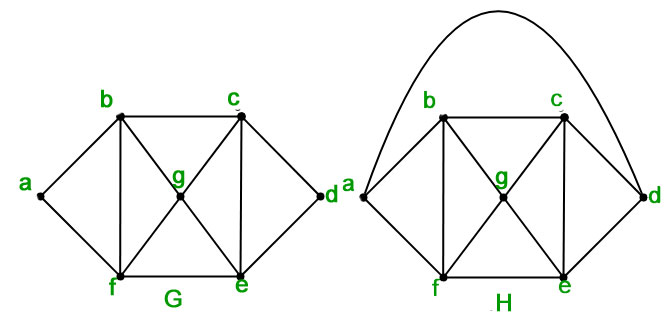 Source: geeksforgeeks.org
Source: geeksforgeeks.org
Since d is maximum degree a vertex cannot be attached to more than d vertices. Color classes induce a complete bipartite graph biclique coloring. A value graphij is 1 if there is a direct edge from i to j otherwise graphij is 0. A subgraph which contains all the vertices is called a lineedge covering. To color this vertex we need to pick the smallest numbered color that is not used by the adjacent vertices.
 Source: wikiwand.com
Source: wikiwand.com
To color this vertex we need to pick the smallest numbered color that is not used by the adjacent vertices. Colori should represent the color. Here d is the maximum degree in the given graph. We investigate the weighted vertex cover problem in graphs when a lo-cally bounded coloring is given. But Im confused since a vertex cover can be the cover of the entire graph G.
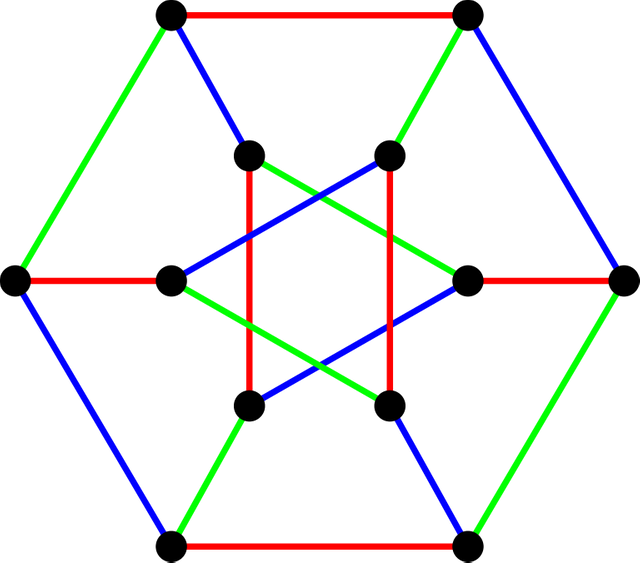 Source: steemit.com
Source: steemit.com
Text The graph is Eulerian text The graph has a vertex-cover of size at most frac3n4 text The graph has an independent set of size at least fracn3 tag GATE CS 2008 Clearly options 1 and 2 are wrong. Adjacent vertices from two color classes induce a complete bipartite graph biclique coloring. Color classes induce a complete bipartite graph biclique coloring. A matching is a disjoint subset of edges ie a subset of edges that do not share a common vertex. Furthermore when coloring a graph all vertices in an independent set may be assigned the same color.
 Source: mathworld.wolfram.com
Source: mathworld.wolfram.com
Vf12kgthat assigns one of k colors to each vertex so that every edge has two different colors at its endpoints. A subgraph which contains all the vertices is called a lineedge covering. Vf12kgthat assigns one of k colors to each vertex so that every edge has two different colors at its endpoints. TextIndependence Number of G. Colori should represent the color.
This site is an open community for users to do submittion their favorite wallpapers on the internet, all images or pictures in this website are for personal wallpaper use only, it is stricly prohibited to use this wallpaper for commercial purposes, if you are the author and find this image is shared without your permission, please kindly raise a DMCA report to Us.
If you find this site helpful, please support us by sharing this posts to your own social media accounts like Facebook, Instagram and so on or you can also save this blog page with the title graph coloring and vertex cover by using Ctrl + D for devices a laptop with a Windows operating system or Command + D for laptops with an Apple operating system. If you use a smartphone, you can also use the drawer menu of the browser you are using. Whether it’s a Windows, Mac, iOS or Android operating system, you will still be able to bookmark this website.





